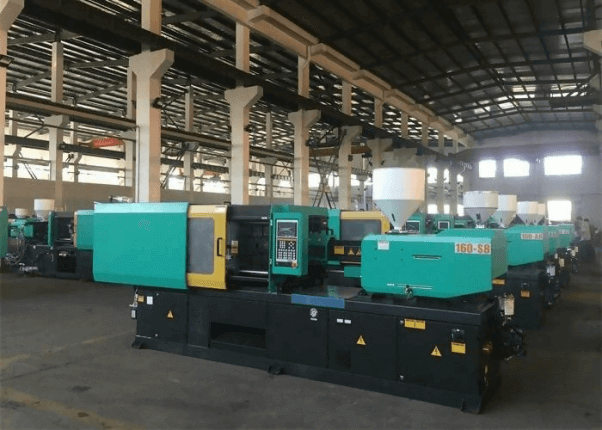What is HMI? HMI is an abbreviation for the human-machine interface and it is an interface that serves as a mediator between the user and the machine. This term is specifically for manufacturing process systems. The HMI helps to provide a visual representation of how the control system is functioning with data acquisition. The HMI which is the human-machine interface gives off a graphical view of the condition of the system and its operations, it gives important information that lacks some push-button panels or the switch banks. The HMI provides robust monitoring, control and reports the status of whatever it is that you want to monitor amongst other functions. Touch panels, displays of messages and text panels are all available.
HMI can be used or serve as the central controlling unit to manufacture lines because they are endowed with a non-volatile memory that contains a data recipe, it can give off event logging and can trigger evil or provide video feedback to monitor the status. To have a manufacturing line that is to be integrated with HMI, it has to be connected to the PLC(Programmable Logic Controller) or a Motion Controller. This PLC would take the information that is gotten from the machine sensor and it converts or changes it into a Boolean algebra which would help it communicate better with the HMI.
An HMI’s greatest advantage is that it is super friendly to its users and it can personalize or customize the graphical interface. An HMI can support complicated applications and it has multiple screens and has various routines that run at the same time. HMI’s all have different features such as some can play sounds, some play videos and some have access to control. When selecting an HMI, it should be based on the customer’s application and you should consider the capabilities of the user and also the conditions of the environment such as noise, vision or dust.
The HMI has 3 main roles which include replacing push-button, handling data and supervision of the system.
LEDs, On/Off buttons or switches or any devices that can do the work of a control function have been replaced by the push-button. The reason why these different mechanical devices were removed was that the HMI can give a representation of these devices on its LCD screen while it performs similar functions.
The handling of data can also be used in the application because it requires regulation feedback and monitoring. HMI’s all serve as the handlers of data because it comes equipped with large memory capacity.
Finally, the last HMI type is the system supervisor because it collaborates with the SCADA which is an acronym for( Supervisory control and data acquisition) and MES which is an acronym for (manufacturing execution system) which helps it display information. These systems are centralized systems which monitor and control the activities of the entire site. HMIs are usually linked to SCADA database systems and software programs which help provide trending data which diagnostic and it also helps in the management of information. Learn more from this website https://www.stoneitech.com/ .
























